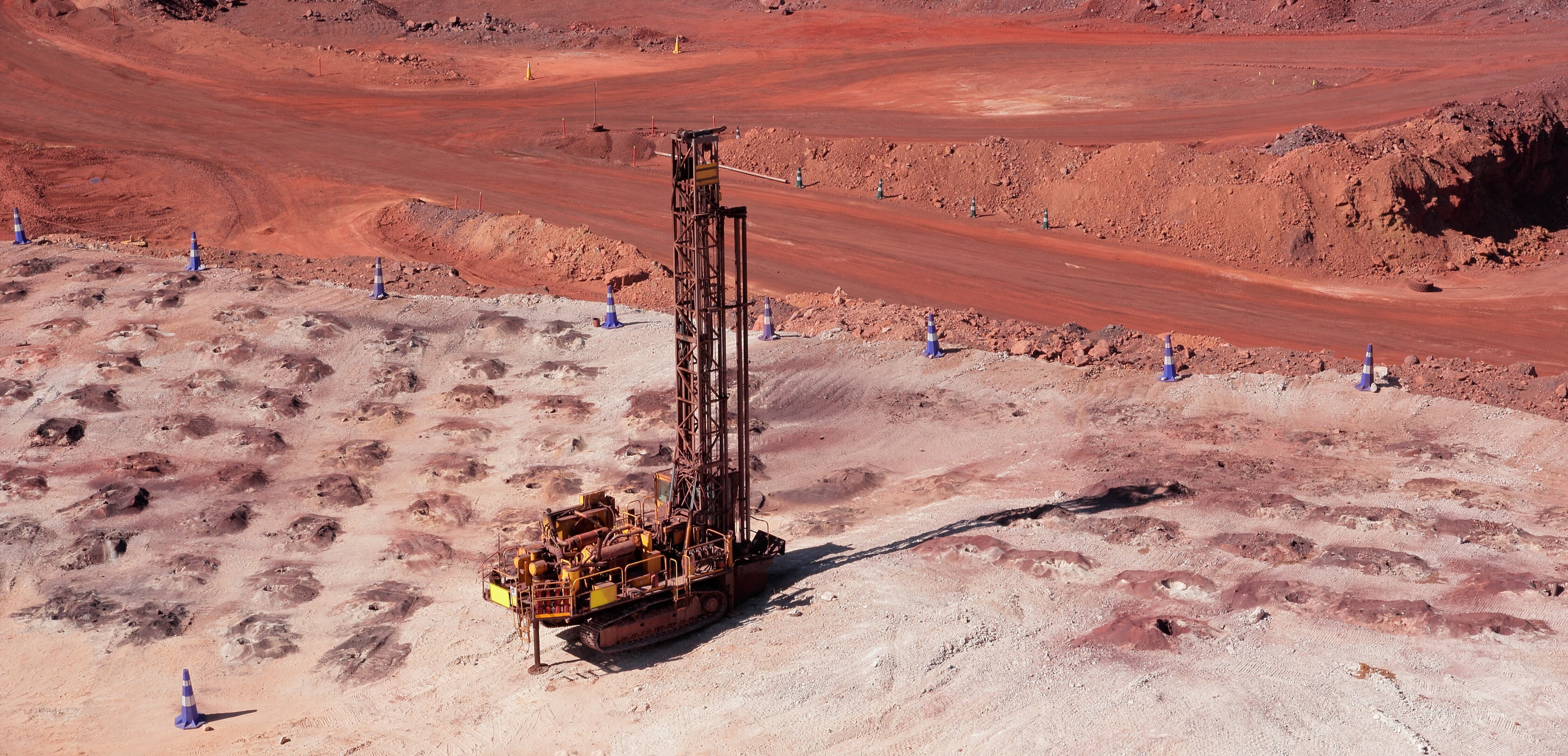Construction and contracting solutions
Mining the Geological Structure: A Path to Optimise Resource, Reduce Dilution and Improve Grade Introduction
Introduction
Based on experience gained during mine operation improvement assignments, we often encounter that mining plans and schedules are based on mining the block model instead of the geological structure. However, this method frequently leads to dilution and grade reduction, significantly impacting profitability and devaluing the mineral resource. In addition to these issues, by the time ore is delivered to the ROM pad for processing, the problem has compounded due to additional costs associated with double handling of various stockpile grades, blending, processing, tailings and more. All of these can be significantly reduced if mine planning and implementation are based on mining and structural geological models instead of block models. This method focuses on understanding and mining the geological structure of the deposit rather than the block model.

The Limitations of Block Model Mining
While block models are useful for estimation purposes, mining of block models has become a common practice in the industry. It involves dividing the deposit into a three-dimensional grid, or ‘blocks’, and assigning each block a grade based on sample data. While this method provides a simplified representation of the deposit, it often fails to capture the complex variability and heterogeneity of the geological structure. This oversimplification can lead to grade dilution, where low-grade material is unintentionally mined along with high-grade ore. Additionally, it can result in resource optimisation issues, as the block model does not accurately represent the spatial distribution and continuity of mineralisation.
The Advantages of Geological Structure Mining
Mining the geological structure involves a more detailed understanding of the deposit’s geology. It considers the spatial distribution and continuity of mineralisation, as well as the geological controls on ore formation. This approach allows for more accurate targeting of high-grade zones and reduces the risk of dilution. By focusing on the geological structure, miners can optimise resource extraction by ensuring that high-grade ore is not left behind or diluted. This can improve resource efficiency, reduce waste, and increase profitability. Moreover, geological structure mining promotes a more sustainable approach to resource extraction. By reducing waste and improving resource efficiency, this method can also help minimise the environmental impact of mining operations.
The Value of Structural Model Mining
By following the basic principles of mining, our company has for many years significantly improved and optimised target grade mining and extraction in a variety of commodities. This among other things comprised of:
- Converting geological block models to mining models.
- Compiling and integrating structural models.
- Executing mine designs, plans and schedules applying those above.
- Systematically tracking and reconciling the grade models using blast hole grade control.
- Introducing, compiling and monitoring SOPs for grade control from pit to port.
Conclusion
While block model mining has its place in the industry, the shift towards mining the geological structure represents a significant advancement in resource extraction. Miners can improve grade, reduce dilution, and optimise resource extraction by focusing on the geological structure. This approach enhances profitability and promotes sustainability in the mining industry. Mining companies must embrace this method and invest in the necessary tools and training to effectively mine the geological structure as we move forward.
Suppose you require a proven solution to improve your grade extraction that offers the benefits described here. In that case, our expertise has successfully applied the said methods and consistently obtained the desired results

Categories
Tags
Recent Posts




